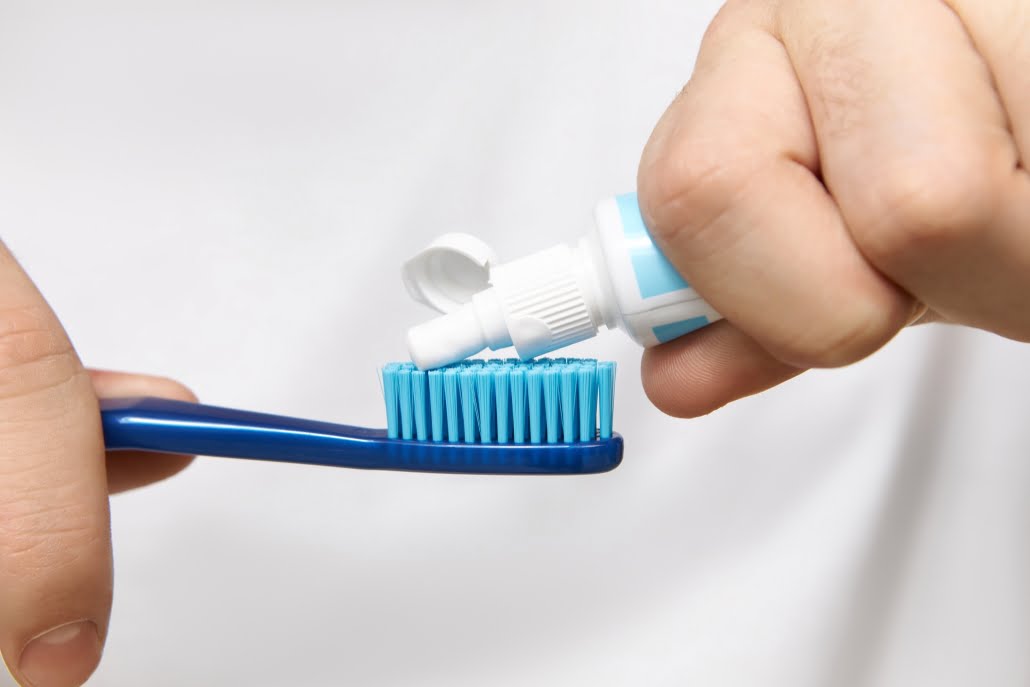Understanding Gum Pain When Brushing: Causes and Remedy
Introduction
Gum pain when brushing your teeth can be a disturbing and unpleasant experience. However, it is important to remember that this discomfort often indicates a problem that needs attention, and its prompt solution will help you maintain oral health. In this comprehensive blog post, we’ll explore the possible causes of gum pain when brushing, when to seek professional help, and effective home remedies to ease the discomfort.
Common Causes of Gum Pain When Brushing Your Teeth
- Gingivitis
Gingivitis is the most common cause of gum pain when brushing. It is an early stage of gum disease caused by the accumulation of plaque and bacteria along the gum line. Common symptoms include redness, swelling, and bleeding gums, especially when brushing or flossing. - Brushing technique
Sometimes the way you brush your teeth can lead to gum pain. Brushing your teeth too vigorously or using a toothbrush with hard bristles can irritate your gums, causing discomfort and even minor abrasions. - Sensitive gums
Some individuals have naturally more sensitive gums, making them prone to pain or bleeding when brushing. - Health condition
Certain medical conditions, such as vitamin deficiencies (especially vitamin C), blood disorders or hormonal changes (pregnancy, menopause) can make the gums more susceptible to pain and inflammation. - Medicines
Some medications, such as anticoagulants or some antihypertensives, can lead to bleeding gums and pain as a side effect.

When to seek professional help
Constant pain
If your gum pain persists for more than a week or worsens despite using gentle brushing techniques, it is important to consult a dentist.
Bleeding gums
Bleeding gums while brushing your teeth can be an early sign of gum disease. Early attention can help prevent disease progression.
Changes in the color or texture of the gums
Any noticeable changes in the color, texture or appearance of the gums should be evaluated by a dental professional.
Halitosis
Chronic bad breath (halitosis) can be associated with gum problems and should not be ignored.
Home Remedies and Precautions
- Maintain proper oral hygiene
Maintain regular oral hygiene using a soft-bristled toothbrush. Brush gently in a circular motion and remember to floss daily. - Use a desensitizing toothpaste
Switching to a toothpaste designed for sensitive teeth and gums can help reduce discomfort. - Rinse with warm salt water
Rinsing with warm salt water can soothe irritated gums. Mix a teaspoon of salt in a cup of warm water and rinse your mouth for about 30 seconds. - Aloe Vera Gel
Applying a small amount of aloe vera gel to the affected area can provide relief due to its anti-inflammatory properties. - Stay hydrated
Drinking enough water helps maintain healthy gum tissue and overall oral health.
Professional Treatment Options
- Brushing teeth
Professional teeth cleaning can remove plaque and tartar build-up and relieve gum pain caused by gingivitis. - Scale and plan the roots
For more severe gum disease, a procedure called scaling and root planing may be necessary to clean below the gum line and smooth the root surface. - Medicines
In some cases, your dentist may recommend medications, such as antibiotics or medicated mouthwashes, to treat gum infections. - Orthodontic treatment
If gum pain is associated with misaligned teeth, orthodontic treatment may be necessary to address the underlying cause.
Maintaining healthy gums over the long term
Regular dental checkups
Preventive dental examinations every six months can help catch and solve gum problems early.
Balanced diet
Eating a balanced diet rich in vitamins and minerals, especially vitamin C, can support gum health.
Stress management
Stress can make gum problems worse. Practice stress reduction techniques such as meditation or yoga.
Conclusion
Gum pain when brushing your teeth is a common problem, but you shouldn’t ignore it. The key to maintaining healthy gums and overall oral health is understanding the causes, seeking professional help when needed, and following good oral hygiene practices. Remember, early intervention is often the most effective way to prevent more serious gum problems from developing. If you experience persistent gum pain or are concerned about your oral health, do not hesitate to consult a dental professional for an individualized assessment and treatment plan. Your gums play a vital role in your smile and overall well-being, so taking care of them is paramount.



Leave a Reply
Want to join the discussion?Feel free to contribute!